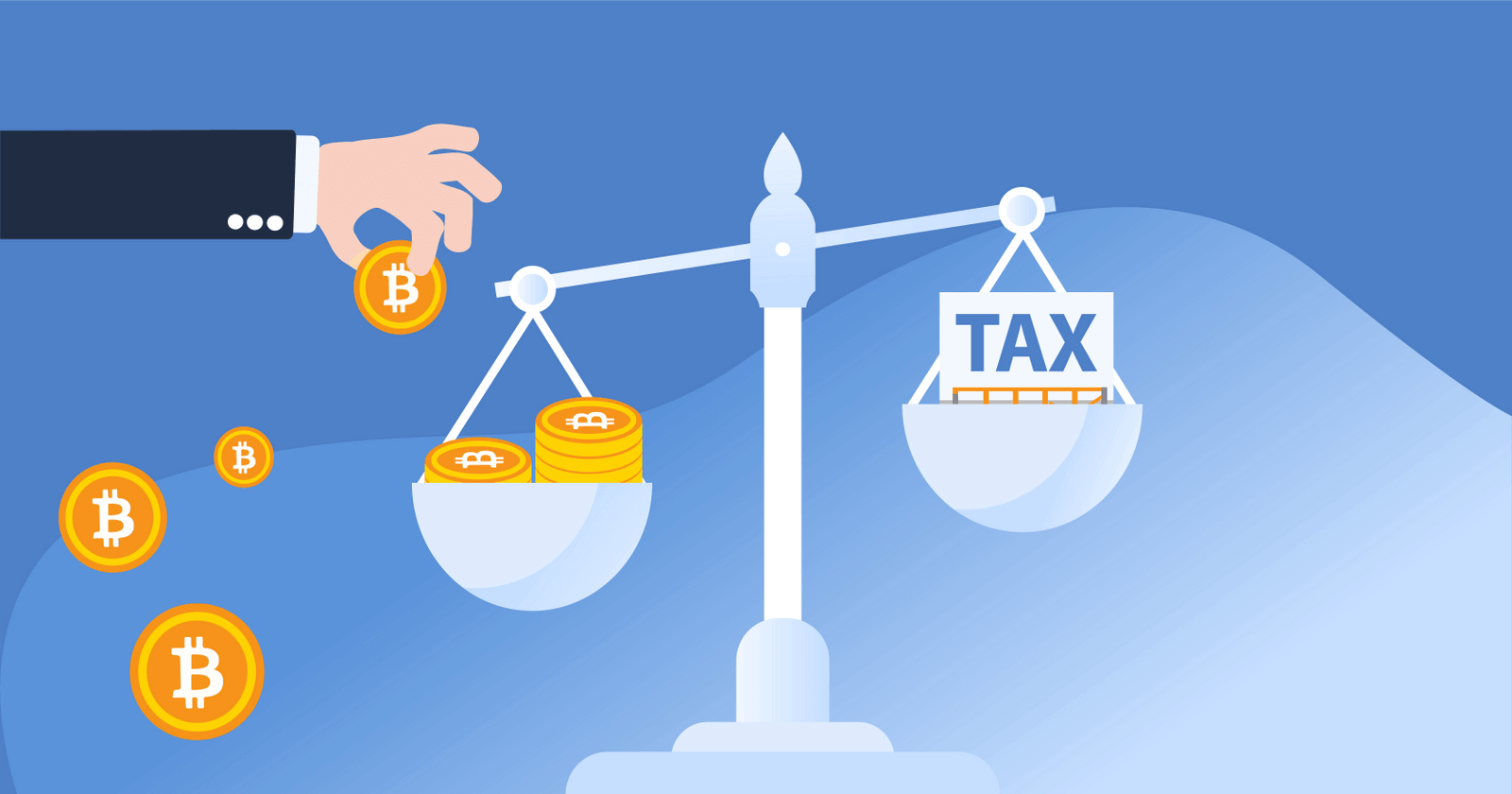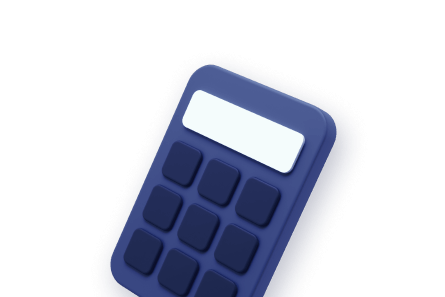

Key Takeaways
- Unlike traditional currencies, Bitcoin is not backed by physical assets or government promises. Bitcoin’s value comes from scarcity and trust in its security mechanism.
- Bitcoin's intrinsic properties — capped supply, global accessibility, and blockchain security— make BTC a revolutionary alternative to traditional currencies.
Bitcoin is often described as ‘backed by nothing’. Yet today, BTC is worth almost $2 trillion, higher than the total market capitalization of silver!
By the time you’re finished reading, you’ll understand how Bitcoin derives its worth and why supporters believe that BTC is a better store of value than traditional currencies and physical assets like gold.
What does ‘backed by’ mean?
Before we discuss Bitcoin, it’s important to understand what ‘backed’ currencies are.
- Commodity-Backed Currencies: These currencies are tied to physical assets like gold or silver. For example, the U.S. dollar was backed by gold until 1971, when the Bretton Woods Agreement ended. This system required countries to fix their currencies to the U.S. dollar, which was itself tied to gold.
- Fiat Currencies: After Bretton Woods, currencies like the U.S. dollar became fiat currencies, backed by trust in the issuing government’s stability rather than physical assets. For instance, it’s often said that the dollar’s value is supported by the strength of the U.S. economy and military.
Bitcoin is not tied to physical assets or any central government, which leads critics to say that it's ‘backed by nothing’.
What are the problems with backed currencies?
Before we walk through the advantages of Bitcoin, we should briefly discuss the limitations of ‘backed currencies’.
- Centralization Risks: Backed currencies typically rely on a central authority to hold reserves or to issue currency. This can be problematic, as central authorities can choose to move off the backing of physical assets (just as the United States chose to end the gold standard).
- Inflation risk: Central authorities often are incentivized to print money for short-term political considerations. For example, due to increased government spending and an increase in the money supply after the outbreak of COVID-19, the dollar and other currencies around the world saw severe inflation.
- Elite capture: Some critics of fiat currencies claim that well-off government officials have an incentive to inflate the value of fiat currencies, which disproportionately hurts workers and the poor.
- Censorship: Centralized authorities have the power to censor political enemies, especially in authoritarian regimes. For example, Russia seized assets from supporters of opposition leader Alexei Navalny in 2021.
Is it true that Bitcoin is backed by nothing?
The Bitcoin Standard by Saifedean Ammous explains why Bitcoin is uniquely positioned to be ‘sound money’ in the digital age.
A brief history of currency

Since the beginning of organized trade and commerce, humans have looked for sound money, currency that could help facilitate transactions and maintain value over time.
For example, some early human tribes tried to use seashells as currency. However, when people discovered new sources of seashells, the value of the currency would inflate. As a result, these societies would be forced to find a new, more scarce resource to serve as a currency.
Over time, the best currencies became those that were scarce, durable, and maintained value over time. In other words, currencies that had ‘sound money’ properties.
In their search for ‘sound money’, many societies naturally turned to gold, a naturally durable and scarce resource. However, carrying physical gold for trade could be risky and inconvenient.
Because of the limitations of physical gold, governments and central banks began issuing paper currencies backed by gold reserves. Central authorities held gold in vaults and issued paper notes that could be exchanged for a fixed amount of gold, creating a link between physical reserves and the money in circulation.
The gold standard lasted for centuries but was eventually abandoned in the 20th century as nations looked for flexibility in managing their economies. During times of war and economic crisis, governments wanted the ability to print money to fund expenditures, stimulate growth, and respond to financial shocks, something the rigid constraints of gold-backed currencies couldn’t accommodate.
Some have claimed that the governments abandoning the gold standard has led to inflation and excess government spending across the globe.
What does this mean for Bitcoin?
Bitcoin is ‘sound money’ for the digital age. BTC’s intrinsic properties give it value: scarcity, durability, and security.
In some ways, Bitcoin is even superior to gold — as it is fully digital, convenient to use for transactions, and cannot be controlled by a centralized entity.
What backs Bitcoin?

Let’s go into more detail about why Bitcoin has intrinsic value:
Scarcity
Bitcoin’s supply is permanently capped at 21 million coins. The fixed supply means that BTC is designed to be scarce and cannot be diluted by inflation. This is why Bitcoin is often called “digital gold.”
Blockchain Security
Bitcoin transactions are recorded on a transparent, permanent ledger called the blockchain. The blockchain can be verified by anyone, eliminating the need for a bank or a central government.
Bitcoin relies on thousands of miners across the world to verify transactions and maintain the security of the network. To successfully attack the network, a hacker would need 51% of total mining power (which would be incredibly difficult and expensive).
Utility
Bitcoin is more than just an investment; it’s a tool for secure, fast, and low-cost transactions worldwide. Its 24/7 accessibility and independence from traditional banking make it especially valuable in regions with unstable financial systems.
Decentralization
Unlike fiat money or commodity-backed currencies, Bitcoin operates without a central authority. Its decentralized network of computers ensures no single entity can manipulate or control the system, making it more secure and censorship-resistant.
Trust and Adoption
Bitcoin’s value grows as more individuals, businesses, and institutions adopt it. Over time, this network effect has bolstered Bitcoin’s reputation as a reliable digital asset.
Why was Bitcoin created?
Bitcoin was created in 2009, as a direct response to the Great Financial Crisis and the ensuing bank bailouts. Its anonymous creator, Satoshi Nakamoto, aimed to create a fully decentralized, scarce currency that could function without governments and financial institutions.
What are the problems with Bitcoin?
It’s important to note some common criticisms of Bitcoin:
- Volatility: Bitcoin’s price is highly volatile, which means that it’s difficult to use for everyday transactions.
- Environmental Concerns: Mining Bitcoin uses significant energy, raising concerns about its environmental impact.
- Scalability: The Bitcoin network is slow, only processing 7 transactions per second. However, it’s important to note that Layer-2 solutions like the Lightning Network offer higher speeds.
- Regulations: While Bitcoin was designed as an alternative to central governments and traditional finance, some critics claim that products like Bitcoin ETFs shows that it has been co-opted by the existing financial system.
- New elite: Some critics claim that switching to Bitcoin will not create a new financial system. Instead, it simply replaces the traditional financial elite with a new elite — early BTC investors.
Is Bitcoin backed by greater fool theory?
Some critics argue that Bitcoin’s value is speculative. Some say that it resembles a pyramid scheme and its only value comes from the fact that someone else will always be willing to pay more for it — also known as ‘greater fool theory’.
However, Bitcoin’s track record of continual growth seems to suggest that its value isn’t merely an illusion, but is instead based on its intrinsic properties:
- Its scarcity ensures predictable supply.
- Its utility as a decentralized, global currency.
- Its blockchain technology provides security and trust.
Conclusion
Bitcoin is not backed by gold, silver, or government promises.
Instead, it draws value from its unique combination of scarcity, utility, decentralization, and trust in the blockchain. This innovative design has made Bitcoin a revolutionary financial technology.
Frequently asked questions
- Could Bitcoin go to zero?
While Bitcoin is highly volatile, it’s unlikely that its value will go to zero. BTC has a strong track record of success spanning over a decade.
- Is Bitcoin backed by any government?
Bitcoin is fully decentralized and is not backed by any government or central bank.
- What does Bitcoin rely on?
Bitcoin relies on its intrinsic properties for value — including its security mechanism, its scarcity, and its convenience.
- Is Bitcoin backed by gold?
Bitcoin is not backed by gold or any other physical asset.
- Who controls the value of cryptocurrency?
The value of Bitcoin and other cryptocurrencies is not controlled by any one individual or entity. Bitcoin’s value is determined by supply and demand.
How we reviewed this article
All CoinLedger articles go through a rigorous review process before publication. Learn more about the CoinLedger Editorial Process.

CoinLedger has strict sourcing guidelines for our content. Our content is based on direct interviews with tax experts, guidance from tax agencies, and articles from reputable news outlets.






























%20(1).png)





.png)
















